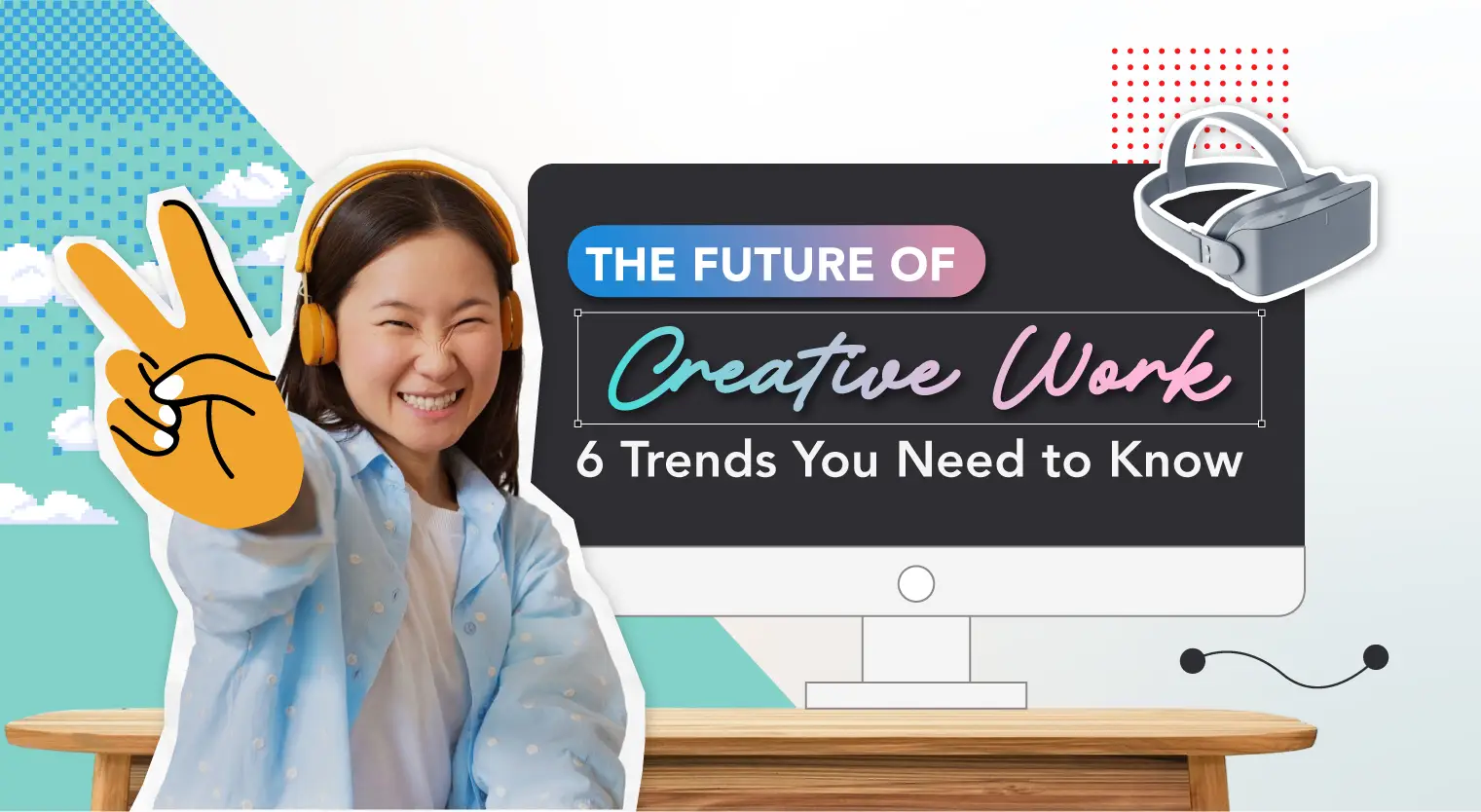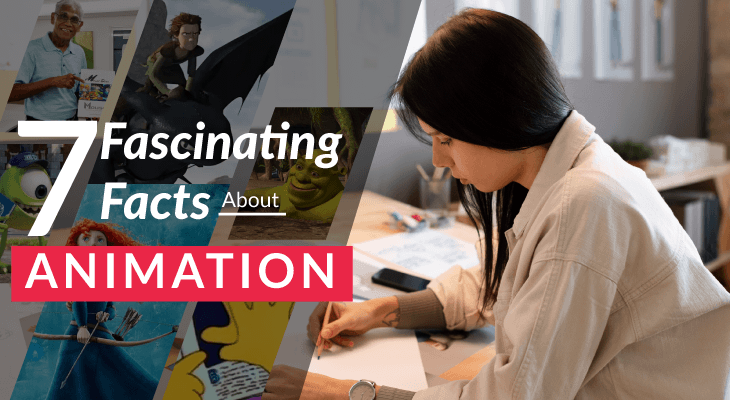5 Common Myths About Graphic Design You Have to Stop Believing
Who said you can’t make money with graphic design? Here’s the real truth behind the misconceptions about the field.
Published 28 Apr 2022

The demand for graphic designers is growing rapidly. However, there are still plenty of people who aren’t sure what the field is about and have lots of misconceptions about it.
If you are contemplating on studying graphic design but find yourself agonising about it due to comments that graphic designers are unemployed and that there’s no future in this industry, fret not. It’s time to silence the critic in you — and around you — once and for all.
#1. Graphic design requires less skill than traditional art

Everything about graphic design is computerised. There are a variety of brushes that you can use to create different effects, blending textures is easy and if you make a mistake, you can always erase it without leaving so much as a mark. So, surely it can’t be difficult to create art right?
Well, not quite.
For starters, digital art relies on a completely different skill set compared to traditional art and is a lot harder than it looks. With traditional drawing, you’re relying a lot on tactile feedback (for instance, the feel of your pen on paper). However, with digital drawing, there aren’t textures to help you gauge your artwork so you have to rely solely on techniques and visual appearance.
More importantly, you need to have a good understanding of how to use the program’s many functions and tools. If you wish to do an acrylic painting, you simply have to get the tools needed to craft one. With graphics on the other hand, you’ll have to mimic traditional mediums and this requires various digital tools, layers, effects, pressure controls and more to create something.
In essence, no art requires less skill than the other and only with constant practice can you master your medium of art.
#2. You only need to know Photoshop to master graphic design

It’s common for Adobe Photoshop to pop into your head when you think of graphic design.
However, graphic design is more than just Photoshop. As a graphic designer, your primary goal is to create visually appealing graphics. To do this well, you’ll need to have a strong understanding of design principles and typography, as well as other soft skills like creativity, communication and problem-solving.
Furthermore, Photoshop is just one of the many tools that a designer needs to master. Photoshop is a popular choice for photo editing, but you’ll also need to be proficient in other tools such as Adobe Illustrator for creating vector graphics (used for icons, posters, flyers infographics, etc.) and Adobe InDesign for designing publications and documents (e.g. magazines, catalogues, digital publications, annual reports, etc.).
PRO TIP
Build a solid foundation for yourself with a qualification in graphic design. Learn more about studying graphic design in this comprehensive guide here.

Asia Pacific University of Technology & Innovation (APU)
BA (Hons) in Visual Effects
✓Dual-award degree – one from De Montfort University (UK) and one from APU
#3. It’s all about producing pretty pictures

One of the most common misunderstandings about graphic design is that it’s only about making things look aesthetically pleasing. While the graphic has to stand out, making it look pretty isn’t the entire focus.
There are other elements that go into graphic design to create a great outcome. This includes proper placement and spacing, applying the right colour palette and using the appropriate typography. All of these techniques play a crucial role in producing a “pretty picture” as opposed to throwing everything into one image. Not to mention, graphic designers will also need to think outside the box on how to send a strong message without using any sentences at all!
In essence, the phrase “a picture is worth a thousand words” is the bare truth when it comes to graphic design.
Apply for university with EduAdvisor
Secure scholarships and more when you apply to any of our 100+ partner universities.
Start now#4. Graphic design doesn’t exist outside the internet

When you think of graphic design, do you only think of advertisements online and graphics on websites? Well, you’re not wrong. But saying that graphic design doesn’t exist outside the internet is simply untrue.
Almost everything around you has elements of graphic design. It can be found on t-shirts, billboards, magazines, brochures, book covers, restaurant menus, and even the packaging of your favourite foods. It has become an important asset in every industry today.
In fact, graphic design and digital art are becoming so popular that you can find exhibits and galleries around the world that feature graphic design art and new media. One such famous gallery is the Soho Arthouse in New York which showcased strictly digital and graphic design art.

#5. You can’t make money out of it

Try telling your parents you want to pursue graphic design and you’ll never hear the end of it on how you can’t make good money and that you’ll live day to day scraping by. Well, newsflash parents! We’re living in the 21st century and almost everything that’s digital can be monetised.
Graphic design graduates are at an advantage now more than ever as companies need design talents to create eye-catching graphics and multimedia for marketing and advertising. If working a corporate job is not your thing, you can also pursue freelancing where you can set your own rate, work according to your own flexible schedule and have the creative freedom to experiment.
Plus, thanks to technology, graphic designers are turning to creating NFT art. NFTs (non-fungible tokens) are cryptographic assets that can be bought, traded and sold using blockchain technology. They can represent real-world items like artwork and the value can reach millions of dollars!
PRO TIP
The graphic design field is a lot more lucrative than you think! Get a headstart with a graphic design degree here.
We hope this gives you a clearer picture of the world of graphic design and inspires you to choose a course that you’re passionate about, and not what others think you should be interested in.






